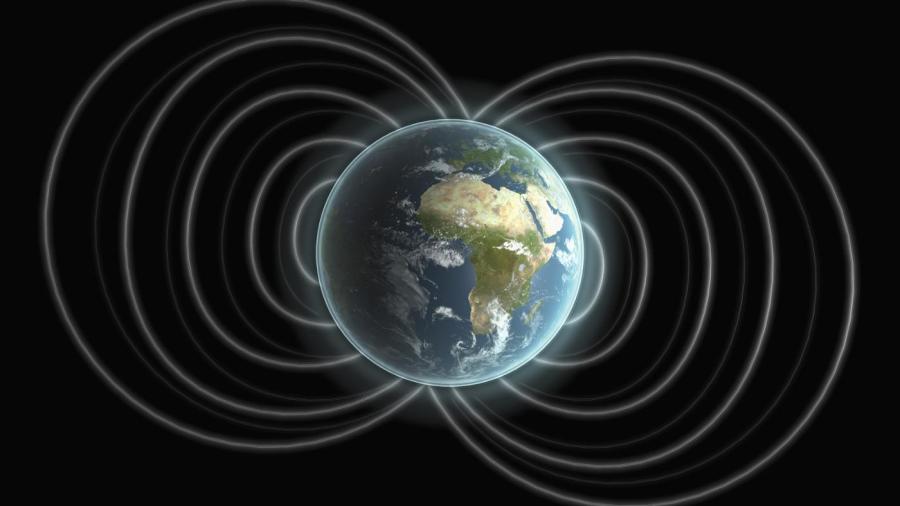What Causes Earth’s Magnetic Field?

The leading hypothesis is that the earth’s spinning core causes the Earth’s magnetic field, but scientists are unsure about the exact mechanism by which it is created. Iron is the primary constituent of the Earth’s core, and it is able to spin because of its layered construction.
No one has ever drilled or tunneled into the core to observe its function personally, so scientists must use mathematical models to understand planet formation. Scientists believe that the core has two distinct layers. There is a solid inner core and a liquid outer core. Both components exist at very high temperatures and are exposed to very high pressures. This causes the materials to behave differently than they would at the surface.
Because the inner core is solid and has a greater density, it resists spinning as the Earth does. Instead, it remains relatively stationary while the molten iron surrounding the inner core spins with the Earth. Additionally, convection currents arising from the super-hot temperatures contribute to the liquid’s spinning motion.
As the molten iron spins around the solid, crystalized iron inside the inner core, it generates a relatively weak magnetic field. This magnetic field helps to protect the Earth from dangerous types of radiation, and it helps make life possible on the planet.
The Earth’s magnetic field resembles that of a bar magnet, with north and south poles and magnetic field lines that radiate from one pole to another. Although it is believed that the Earth’s magnetism originates from circulating electrical currents in the planet’s molten core, this part of the planet is incredibly hot; in fact, too hot to itself be magnetic. The Earth’s rotation on its axis is also related to the planet’s magnetic field, a theory that scientists link to the fact that Venus lacks a measurable magnetic field but has a molten iron core similar to that of Earth and has a different rotational period.





